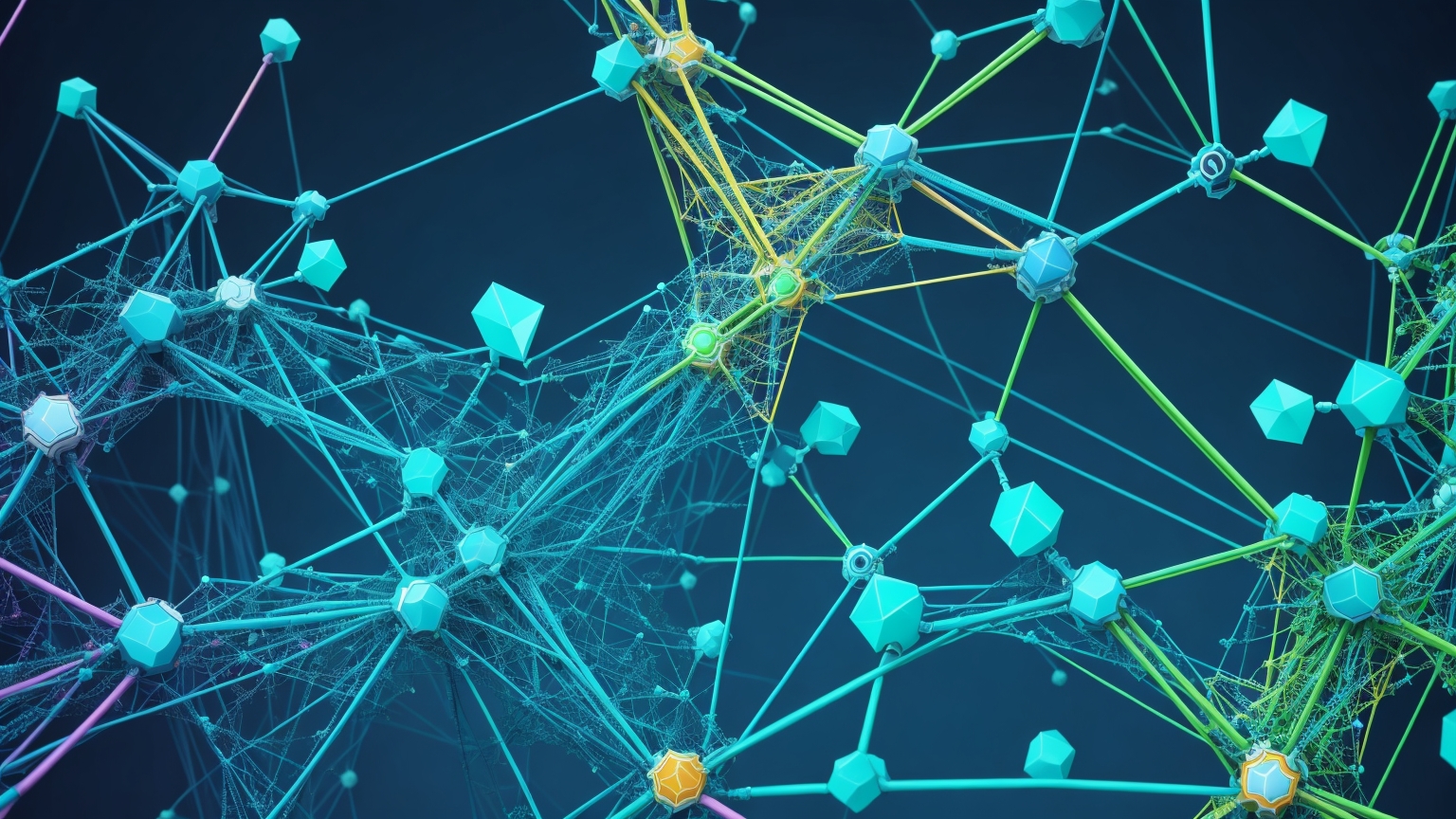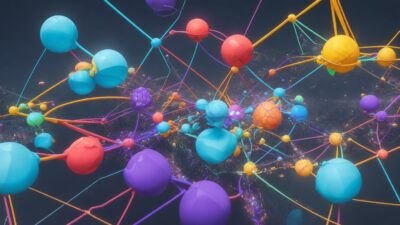Leveraging Graph Databases for Complex Data Structure Analysis: An Overview of Benefits and Application Methods

The contemporary data landscape is ever-expanding and becoming more intricate, and conventional analysis tools and methods often fall short in meeting new challenges. One potential solution is the use of graph databases. But what are they, and what advantages do they offer?
1. What Are Graph Databases?
A graph database is a database management system that employs a graph structure for semantic querying. Unlike relational databases, it’s based on nodes, edges, and properties rather than tables.
2. Benefits of Graph Databases
- Flexibility: Graph databases allow for easy addition of new relationships or modifying existing ones.
- High Performance: They can swiftly analyze a multitude of relations between various data points.
- Intuitiveness: The graph structure is easily readable and understood by humans, making the analysis process more visual.
3. How Are Graph Databases Applied in Data Analysis?
- Social Networks: Analyzing relationships between users, their interests, and actions.
- Recommendation Systems: Suggesting products or services based on user interests and behaviors.
- Bioinformatics: Analyzing complex biological data and understanding interrelations between different biological entities.
4. Conclusion
Graph databases offer a set of unique benefits for modern data analysis. They provide an easy and clear way to analyze complex relationships between diverse data points, making them an ideal tool for various domains, from social networks to scientific research.




